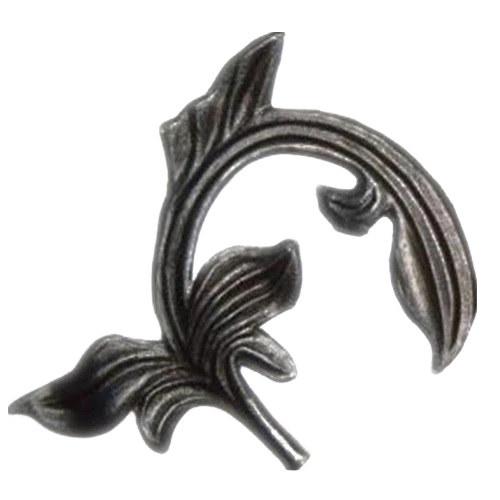Mobile:+86-311-808-126-83
Email:info@ydcastings.com
Understanding Cylinder Head Geometry for Improved Engine Performance and Efficiency
Understanding the Significance of Cylinder Head Chambers in Engine Performance
The cylinder head chamber plays a crucial role in the overall performance of internal combustion engines. Located at the upper part of the engine block, the cylinder head contains the combustion chambers, where the air-fuel mixture ignites and generates power. Understanding the design, functionality, and influence of the cylinder head chamber can offer insights into optimizing engine performance and efficiency.
The Structure of Cylinder Head Chambers
A cylinder head chamber is essentially the space where fuel and air mix before combustion occurs. The shape and size of this chamber can significantly impact how effectively the mixture burns. There are various designs of cylinder head chambers, including hemispherical, wedge, and pentroof configurations. Each design has its own advantages and disadvantages concerning combustion efficiency, power output, and emissions.
The hemispherical design is known for its ability to promote better airflow and a more uniform burn. On the other hand, wedge-shaped chambers can offer higher compression ratios, potentially increasing power output. The choice of chamber design often reflects the intended use of the engine—whether for high-performance applications, fuel efficiency, or low emissions.
Combustion Dynamics
The dynamics of combustion within the cylinder head chamber are complex. When the mixture of air and fuel enters the chamber, it undergoes compression as the piston moves upwards. The shape of the chamber influences how the mixture is swirled and stratified. A well-designed chamber can facilitate a more complete combustion process, leading to better fuel efficiency and reduced emissions.
For example, a chamber with optimal swirl characteristics can enhance the mixing of fuel and air, resulting in a denser, more explosive charge when ignited. Conversely, poor design can lead to incomplete combustion, producing harmful emissions and reducing engine power. Therefore, engineers invest considerable effort into fine-tuning combustion chamber designs to achieve the best balance between performance, efficiency, and environmental considerations.
cylinder head chamber

The Role of Compression Ratio
Another critical aspect related to the cylinder head chamber is the compression ratio, which is the ratio of the maximum to minimum volume of the combustion chamber. A higher compression ratio generally improves the thermal efficiency of an engine, allowing for more power to be generated from the same amount of fuel. However, this must be balanced with the octane rating of the fuel used to avoid knocking, which can cause engine damage.
Engine designers can manipulate the shape and dimensions of the cylinder head chamber to achieve the desired compression ratio without sacrificing engine reliability. This balancing act is essential, especially in high-performance engines that require both power and durability.
Thermal Management and Engine Cooling
The cylinder head chamber is also a critical component in engine thermal management. During operation, the combustion process generates significant heat, which can impact engine performance and longevity. An effective cooling system, often integrated into the design of the cylinder head, is essential for dissipating this heat.
Engineers incorporate various techniques in the cylinder head design to enhance cooling. This includes passages for coolant flow, the use of materials with higher thermal conductivity, and optimizing the surface area exposed to the coolant. Effective thermal management leads to improved performance, lower emissions, and extended engine life.
Conclusion
In conclusion, the cylinder head chamber is a vital component in internal combustion engines, influencing combustion dynamics, engine efficiency, power output, and thermal management. The design of these chambers requires a deep understanding of fluid dynamics, thermodynamics, and material properties. As automotive technology continues to advance, innovations in cylinder head chamber design will undoubtedly play a pivotal role in developing more efficient, powerful, and environmentally friendly engines. Through ongoing research and engineering efforts, the future of cylinder head chambers promises to enhance our driving experiences while minimizing the environmental impact of our vehicles.
-
Why Should You Invest in Superior Pump Castings for Your Equipment?NewsJun.09,2025
-
Unlock Performance Potential with Stainless Impellers and Aluminum End CapsNewsJun.09,2025
-
Revolutionize Your Machinery with Superior Cast Iron and Aluminum ComponentsNewsJun.09,2025
-
Revolutionize Fluid Dynamics with Premium Pump ComponentsNewsJun.09,2025
-
Optimizing Industrial Systems with Essential Valve ComponentsNewsJun.09,2025
-
Elevate Grid Efficiency with High-Precision Power CastingsNewsJun.09,2025











